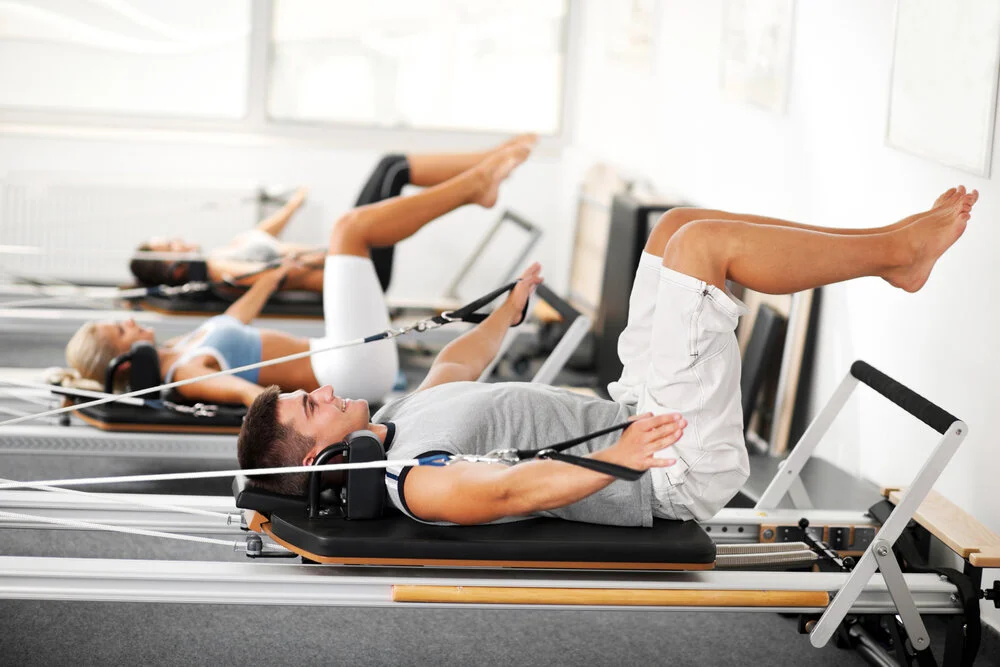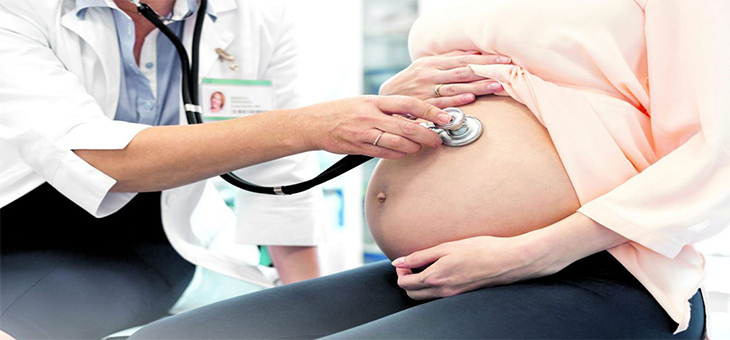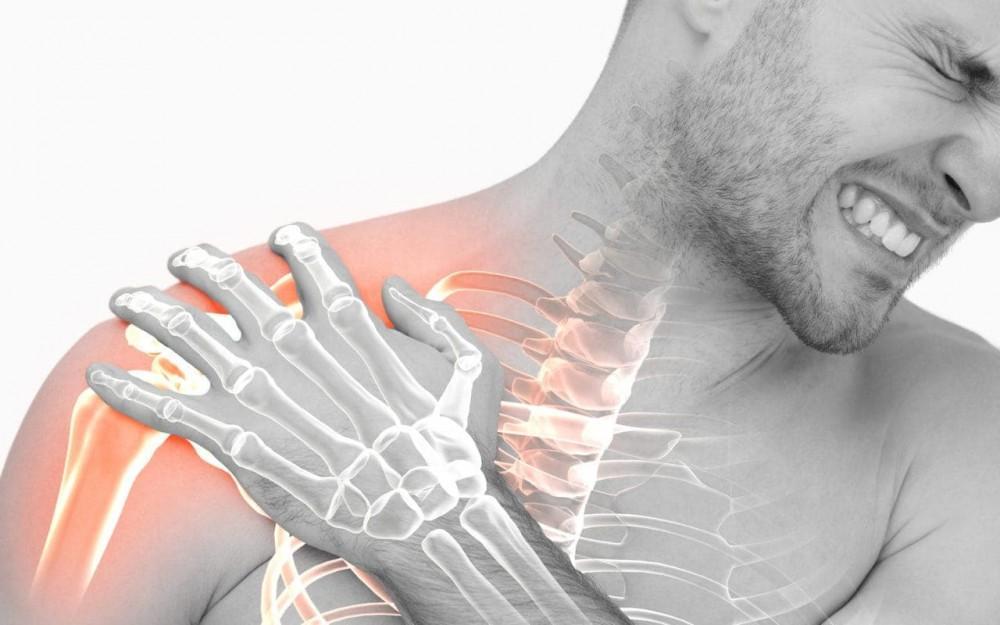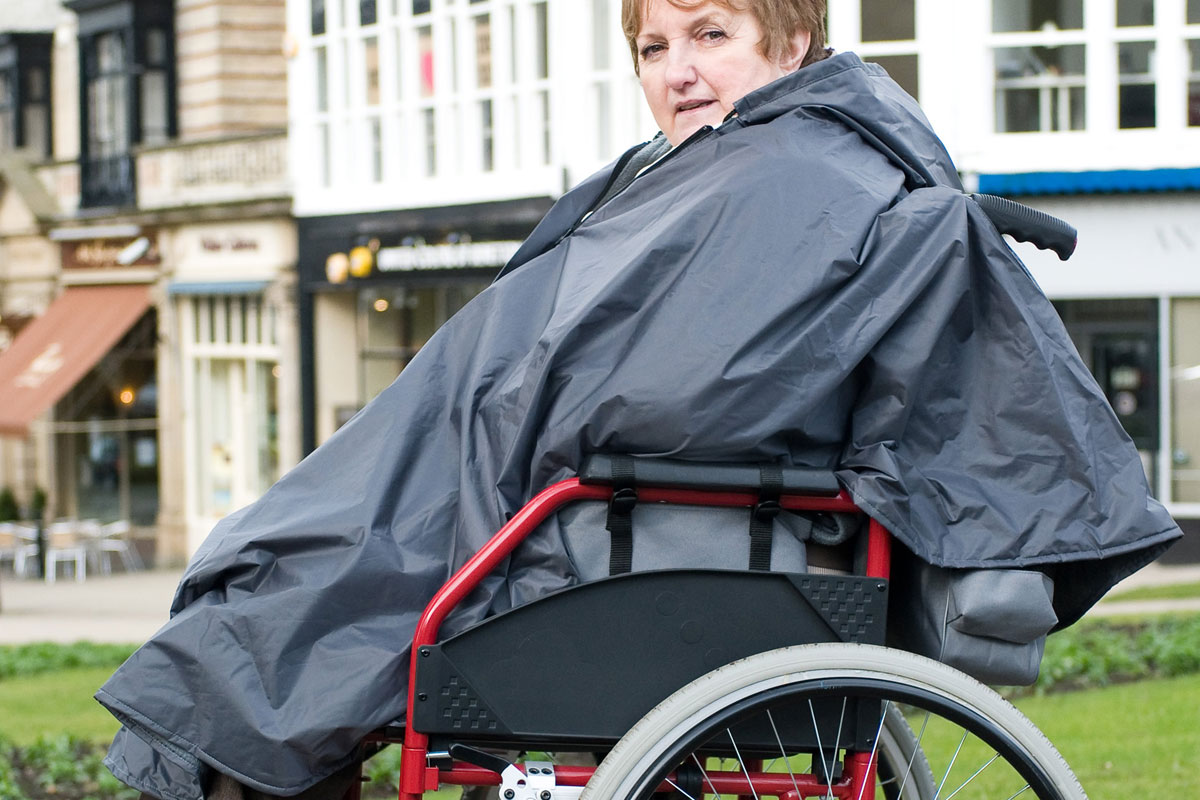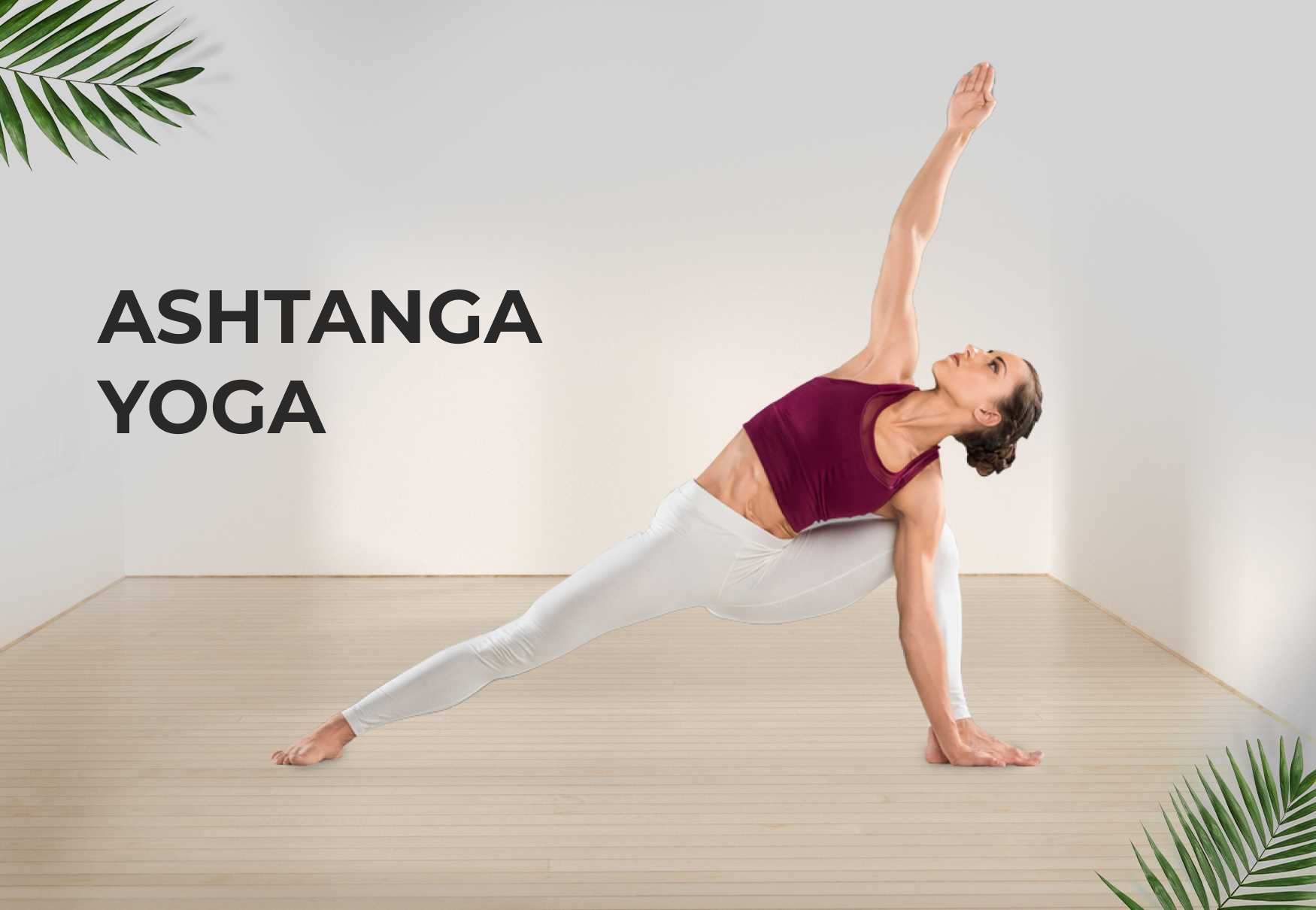In a nation driven by desk-bound professions, long hours, and digital workflows, posture problems are becoming an unavoidable reality for many Singaporeans. From tech startups in the CBD to government agencies and co-working spaces, employees often find themselves hunched over laptops for extended hours with little opportunity to counteract the effects of a sedentary lifestyle. To combat this, more individuals are exploring reformer pilates Singapore as a holistic, low-impact, and targeted solution for postural correction.
Unlike generic fitness programmes, reformer Pilates is uniquely designed to realign the spine, engage the deep core, and build balanced strength—making it especially effective for correcting forward head posture, rounded shoulders, anterior pelvic tilt, and other common postural issues.
Why Posture Matters in Singapore’s Work Culture
With the majority of Singapore’s workforce involved in knowledge-based jobs, sitting has become the default position for hours on end. Whether it’s Zoom meetings, working from home, or catching up on emails, most people don’t realise the long-term effects of poor posture until discomfort sets in.
Common symptoms include:
- Persistent neck or shoulder tension
- Lower back pain or tight hip flexors
- Slouched or rounded upper back
- Shallow breathing patterns
- Frequent headaches
These issues, left unaddressed, can lead to chronic musculoskeletal conditions that negatively impact productivity, mood, and long-term health. That’s where reformer Pilates steps in as a preventative and rehabilitative tool.
Understanding How Reformer Pilates Works for Posture
Unlike traditional mat Pilates, the reformer offers spring-based resistance, adjustable settings, and a movable carriage—allowing for precise, controlled movement across multiple planes of motion. This control helps users engage their postural muscles with intent and alignment.
Here’s how it corrects posture in a functional way:
1. Strengthens Deep Core and Spinal Support
Postural alignment starts with the deep core stabilisers, including the transverse abdominis, multifidus, and pelvic floor. Reformer Pilates places consistent emphasis on activating these muscles throughout each movement, reinforcing good spinal support during both static and dynamic tasks.
For office workers, this improves sitting posture, reduces the tendency to slump, and eases lower back tension.
2. Reverses the Effects of Prolonged Sitting
Sitting for extended periods causes tight hip flexors and weak glutes, which contribute to pelvic misalignment and back discomfort. Reformer Pilates includes movements like footwork, bridges, and leg circles with resistance to restore balance between the front and back of the body.
Over time, this leads to better hip mobility, a more upright pelvis, and relief from sitting-induced tension.
3. Retrains Shoulder and Neck Alignment
Rounded shoulders and a forward-jutting head are common in desk workers, often leading to upper back strain and neck tightness. Reformer exercises like rowing, arm presses, and scapular mobilisation train the upper body to retract the shoulders, elongate the spine, and improve shoulder blade mechanics.
Consistent training also corrects imbalances between the upper traps and mid-back, promoting a more natural posture even outside the studio.
4. Promotes Awareness Through Breath and Precision
Breathing is integral to posture. Shallow chest breathing, common in stressed individuals, contributes to poor rib alignment and tense shoulders. In reformer Pilates, each movement is coordinated with diaphragmatic breathing, helping to realign the ribcage and enhance full-body awareness.
This mind-body connection reinforces postural cues throughout the day—even when you’re seated at your workstation or commuting.
Reformer Pilates vs. Physiotherapy: What’s the Difference?
While physiotherapy addresses pain points directly, reformer Pilates goes further by promoting long-term muscular balance and motor control. Think of it as movement-based re-education that helps prevent postural collapse before it becomes painful.
In Singapore, many clients attend Pilates after completing a course of physio or chiropractic care. The two approaches complement each other—physiotherapy resolves acute pain, while Pilates sustains alignment through consistent movement retraining.
Success Story: A Singapore Executive’s Posture Turnaround
Consider Aditya, a 41-year-old finance director in Singapore who spent over 10 hours a day at his workstation. Years of sedentary work had led to chronic neck stiffness, an exaggerated lumbar curve, and recurring shoulder pain.
After trying ergonomic chairs and posture correctors with limited success, Aditya enrolled in reformer Pilates classes at Yoga Edition. Within 12 sessions, he noticed:
- Improved sitting posture without back support
- Less fatigue during meetings
- Reduced tightness around his shoulder blades
- Better awareness of posture during daily tasks
His experience reflects a growing trend—white-collar professionals turning to Pilates not just for exercise, but for functional health improvements.
Signs You May Need Postural Support
Not sure if reformer Pilates is right for you? If you’re experiencing any of the following, it might be time to seek postural correction:
- Fatigue after sitting for short periods
- Habitual leg crossing or slouching
- Tingling in hands or arms when seated
- Inability to maintain eye-level screen posture
- Uneven shoulder height or tilted pelvis
Reformer Pilates offers gentle yet targeted correction, ideal for those not ready for intense physical therapy or high-impact workouts.
What to Expect in a Reformer Pilates Class for Posture
In Singapore, many studios offer reformer Pilates classes specifically geared towards posture and spinal health. Here’s what a typical session may include:
- Spinal articulation drills: Encourage mobility and vertebral awareness
- Arm and shoulder work: Re-trains scapular movement and shoulder blade control
- Pelvic stability routines: Strengthens glutes and core for neutral alignment
- Foot and ankle mobility: Builds base-level support for posture from the ground up
Your instructor will also likely assess your posture and offer modifications based on specific imbalances.
Benefits Beyond the Mat
Improved posture doesn’t just prevent pain—it enhances confidence, breath capacity, and even digestion. Many Singaporeans who commit to reformer Pilates report that the changes in how they sit, stand, and move begin to influence how they feel about themselves.
Good posture also:
- Supports a more confident presence in professional settings
- Increases lung capacity and energy levels
- Reduces the frequency of stress-related headaches
- Encourages better focus and body awareness
FAQs
Can I do reformer Pilates if I have no fitness background?
Yes. Most studios in Singapore welcome beginners and offer progressive classes. Reformer Pilates is low-impact and can be modified for all fitness levels.
How long before I see improvements in my posture?
Some people notice changes in posture and body awareness within 4–6 sessions. Lasting improvements often come after consistent weekly practice over a few months.
Will I lose weight through reformer Pilates?
While it’s not primarily a fat-burning workout, reformer Pilates improves muscle tone, core activation, and posture—which can support overall fitness goals.
Do I need to consult a doctor before starting reformer Pilates?
If you have severe back pain, recent injuries, or chronic conditions, it’s best to get clearance from a medical professional. Most Pilates instructors in Singapore are trained to work with mild postural conditions.
Are reformer classes available during office-friendly hours?
Yes. Many studios, especially in areas like Raffles Place, Orchard, and Bugis, offer early morning, lunchtime, and after-work sessions to accommodate busy professionals.

